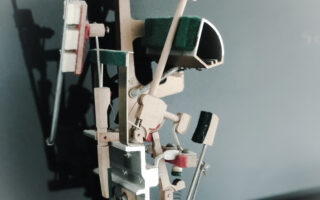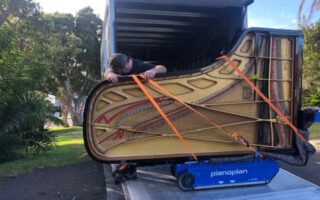“Brilliant Ear. Very talented. Great to chat to”– Rich T, Baulkham Hills
“Vishal has done the magic preparing my piano for the recording session. The sound was exactly what I was asked for. I am also very grateful he spent much time answering my questions – very educational. Thank you!” – Julijana Sarac – doctoral candidate at the Sydney Conservatorium Art music
“did a great job. very professional” – Ashley L. Alexandria
“Great Job, Well done. Very knowledgable, fixed my 120yrs+ old victor piano. Very likeable person with integrity and pride in his work”. – Caroline R. – Lane Cove
“He is very helpful, knowledgable, will engage him again” – Kalai E. North Rocks.
“Very Knowledgeable and thorough, highly recommended” – Guy M., Sydney
“Excellent technician . highly recommended” – Robert M. Action repair and tuning, Stanmore
“great advice and help” Julie P west pennant hills
“Awesome work” Paula S Coogee
“Well done, our piano sounds fantastic and thank you for some tips” Dominic L. Stanhope gardens.
“Excellent service. vishal has great knowledge and experience and got our piano sounding beautiful” – Mandy M, Pymble
“Excellent and friendly” Mellisa Z. Cecil Hills
“Great job” Keeva S. Croydon.
“provided an excellent and high quality service. highly recommended” Rebecca, Vaucluse
“Vishal explained each and every step and has a clear passion for pianos and music. definitely my go to guy from now on. thanks!” – ED S. Zetland
“i would highly recommend Vishal! So professional and clearly extremely good at what he does. Explained his process and thinking too. he worked for 3 hours and made sure that the tuning was perfect. it is his passion and it shows. thank you Vishal!” Alison D. Fairlight.
“Great job! very carefully done and vishal explained what he was doing as well so a learning experience as well as service. highly recommend vishal” Pauline F Naremburn
“would use vishal’s piano tuning service again” Ivon T. Quakers hill
“Vishal was professional, dedicated and detail oriented. he had specialised tools for my older piano. he did a fantastic job” Jayant J. North Ryde.
“i can highly recommend vishal. He was professional, knowledgeable and friendly. he was great at describing everything he was doing pre during and post the tune. the piano sounds brand new. i will definitely use vishal and recommend him to my friends and family” Esther A. Wattle grove.
“a lovely man, unbelievably thorough. took more than 3.5 hours and was very patient. highly recommended” – Angela F. Waverton
“he did an amazing job tuning my piano. showed up on time. friendly attitude and gave good advice on general keep up for the piano. thanks!” Farzad M. Macquire links
“great experience! was on time, courteous and polite. completed the job well and cared about my piano like i would. would definitely recommend” Jackson C. Rozelle
“great guy and spent many hours working on my piano” William G – Sydney
“One of the most professionals. Punctual, fair, trustworthy and very supportive. Did a perfect job. Highly recommended”.
Marjan – Parklea
“Vishal was very professional and takes pride in the craft. During the service he explained the steps to repair and tune our piano, and provided a couple of options. Piano sounds great. Would recommend.” -Natalie – Denistone
“Vishal spent over 2 hours tuning a very old piano in desperate need of attention on the day we needed it for a very big performance.
He was professional, incredibly skilled and a delight to have.
Thank you Vishal, we will look no further in the future”.
– Australian Children’s Music Foundation
“Thank you for your outstanding service, Vishal. From the moment you took on the job of restoring my newly acquired 1993 hand-crafted Petrof V baby grand, I was confident that you would do a fine job. Nevertheless, I was astonished at the skill and dedication you brought to the many required tasks. Bringing it up all the way to concert pitch from so far below in just two sessions was pretty amazing on its own. And then correcting the weighting of all the keys and other action anomalies, reversing 30 years of compression of the hammer felts, voicing the piano and of course tuning it beautifully, has left me with an instrument that could easily be mistaken for a brand new one! The price you have charged for all the work you have done is truly a bargain.”.
– Warren Marshall – Botany
”
THANK YOU THANK YOU THANK YOU for bringing our lovely old sad Piano back to life -We will definitely get you again to help our Piano stay better tuned”.
Marina – Kingsford







